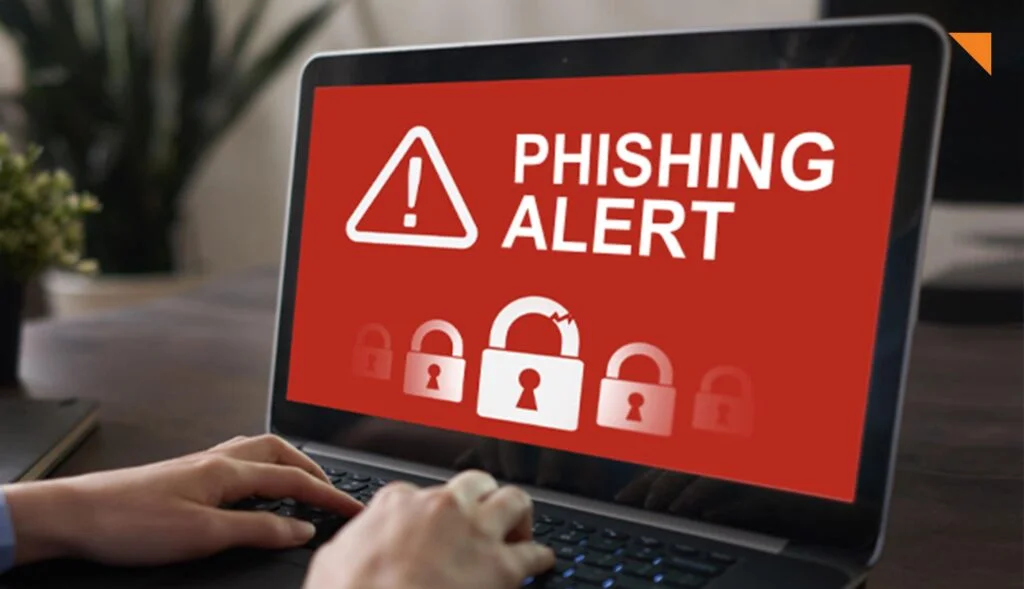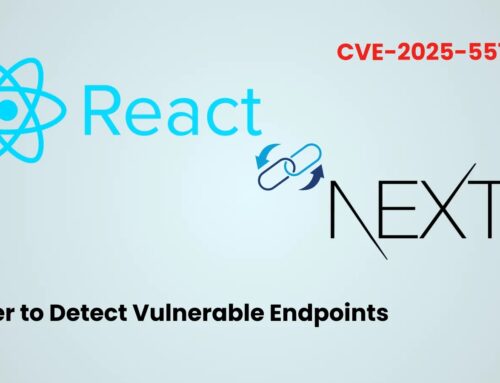
New Phishing Attack Leverages Popular Brands to Harvest Login Credentials
A disturbing trend has emerged in the cybersecurity landscape: highly sophisticated phishing campaigns are increasingly bypassing traditional security measures. One such campaign, recently identified, targets organizations in Central and Eastern Europe, employing cunning tactics to harvest user credentials by impersonating well-known global brands. This isn’t your typical phishing email with misspelled words and suspicious links; this is a meticulously crafted attack designed to exploit human trust and circumvent established defenses.
Understanding the Brand Impersonation Phishing Campaign
This particular threat actor orchestrates a complex phishing campaign centered on brand impersonation. The core of their strategy involves meticulously crafting emails that appear to originate from legitimate, globally recognized brands. The intent is clear: to leverage the inherent trust users place in these brands to trick them into divulging sensitive login credentials. The campaign targets a wide array of organizations, making it a pervasive threat that demands immediate attention.
The Deceptive Power of Self-Contained HTML Files
What sets this phishing attack apart is its innovative delivery mechanism. Unlike conventional phishing attempts that rely on external malicious links, this campaign utilizes self-contained HTML files delivered as email attachments. This is a critical distinction because it bypasses several common security checks. Traditional Gateway filters and email security solutions are often tuned to detect suspicious URLs or external redirects. By embedding the phishing infrastructure directly within the HTML attachment, the attackers eliminate the need for an external server, making the malicious payload self-sufficient. When a user opens this HTML file, the phishing page renders locally on their device, presenting a seemingly legitimate login portal designed to capture their credentials.
Why This Attack Bypasses Traditional Security Measures
The reliance on self-contained HTML attachments represents a significant evolution in phishing tactics. Standard security protocols are often designed to scrutinize email content for suspicious URLs, domain mismatches, or indicators of malicious external hosts. Since these HTML files contain all the necessary code to display a convincing login page, they often manage to slip past these defenses. The absence of an external server or a redirect to a known malicious domain makes it incredibly difficult for automated systems to flag the email as a phishing attempt, even if the brand being impersonated is well-known.
Targeted Geography: Central and Eastern Europe
While phishing is a global problem, this specific campaign has shown a concentrated focus on organizations within Central and Eastern Europe. This regional targeting suggests the attackers may be looking for specific industry sectors prevalent in these areas or exploiting known vulnerabilities within their cybersecurity infrastructure. Understanding the geographical focus helps organizations in these regions prioritize their defenses and educate their employees about this particular threat.
Remediation Actions and Proactive Defense
Given the sophistication of this phishing campaign, a multi-layered approach to cybersecurity is essential. Organizations must move beyond traditional perimeter defenses and adopt more granular controls and user education strategies.
- Enhanced Email Security Gateways: Implement advanced email security solutions capable of sandboxing attachments, especially HTML files, to analyze their behavior before delivery. Look for solutions that scrutinize the content and origin of embedded code, not just external links.
- Employee Education and Awareness: Conduct regular, rigorous cybersecurity training sessions. Educate users about the dangers of opening unexpected attachments, even from seemingly legitimate senders. Emphasize the importance of verifying sender authenticity and the warning signs of phishing. Users should be instructed to be suspicious of any request for login credentials via an attachment rather than a secure, known corporate portal.
- Multi-Factor Authentication (MFA): Implement MFA across all critical systems. Even if credentials are compromised, MFA provides an additional layer of security, significantly hindering an attacker’s ability to gain unauthorized access.
- Endpoint Detection and Response (EDR): Deploy EDR solutions that can monitor endpoint activity for suspicious processes or file executions. An EDR can detect when an opened HTML file attempts to exfiltrate data, even if it initially bypassed email filters.
- Review and Update Security Policies: Regularly review and update your organization’s security policies regarding email attachments and credential submission. Consider stricter policies for HTML attachments from external sources.
- Threat Intelligence Sharing: Stay informed about emerging threats by subscribing to trusted threat intelligence feeds. This helps organizations anticipate and prepare for new attack vectors.
Tools for Detection and Mitigation
While prevention is key, having the right tools for detection and mitigation is equally crucial. Here’s a brief overview of relevant tools:
| Tool Name | Purpose | Link |
|---|---|---|
| Proofpoint Essentials | Advanced Email Security, Attachment Sandboxing | https://www.proofpoint.com/us/products/email-security |
| Microsoft Defender for Office 365 | Email and Attachment Protection, Anti-Phishing | https://www.microsoft.com/en-us/security/business/microsoft-365-defender/office-365-threat-protection |
| KnowBe4 Security Awareness Training | Comprehensive Employee Phishing Simulation & Training | https://www.knowbe4.com/security-awareness-training |
| CrowdStrike Falcon Insight EDR | Endpoint Detection and Response, Threat Hunting | https://www.crowdstrike.com/products/endpoint-security/falcon-insight-edr/ |
Key Takeaways for Bolstering Your Defenses
The rise of phishing campaigns leveraging self-contained HTML files underscores a critical shift in attacker methodology. Organizations can no longer solely rely on detecting suspicious links; they must also scrutinize attachments with the same level of rigor. Proactive and continuous employee education, coupled with robust technical controls such as advanced email security, multi-factor authentication, and endpoint detection and response, are paramount. Staying vigilant and adapting security strategies to counter evolving threats is the only way to safeguard sensitive credentials and maintain organizational integrity.





